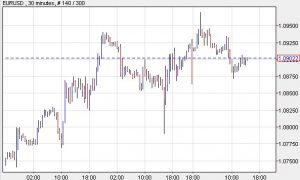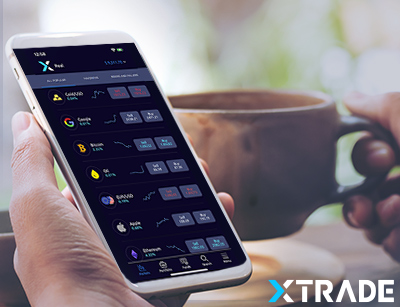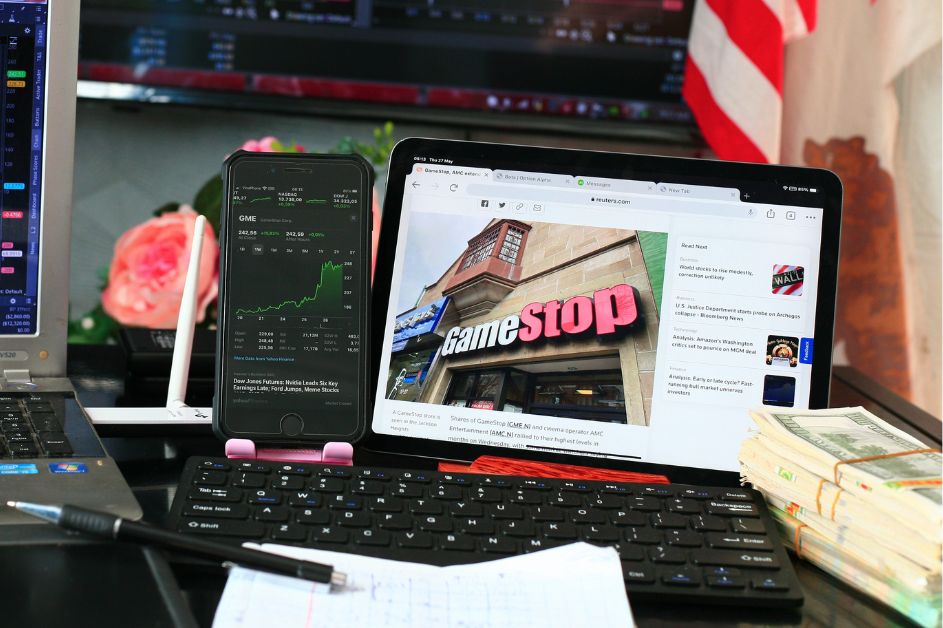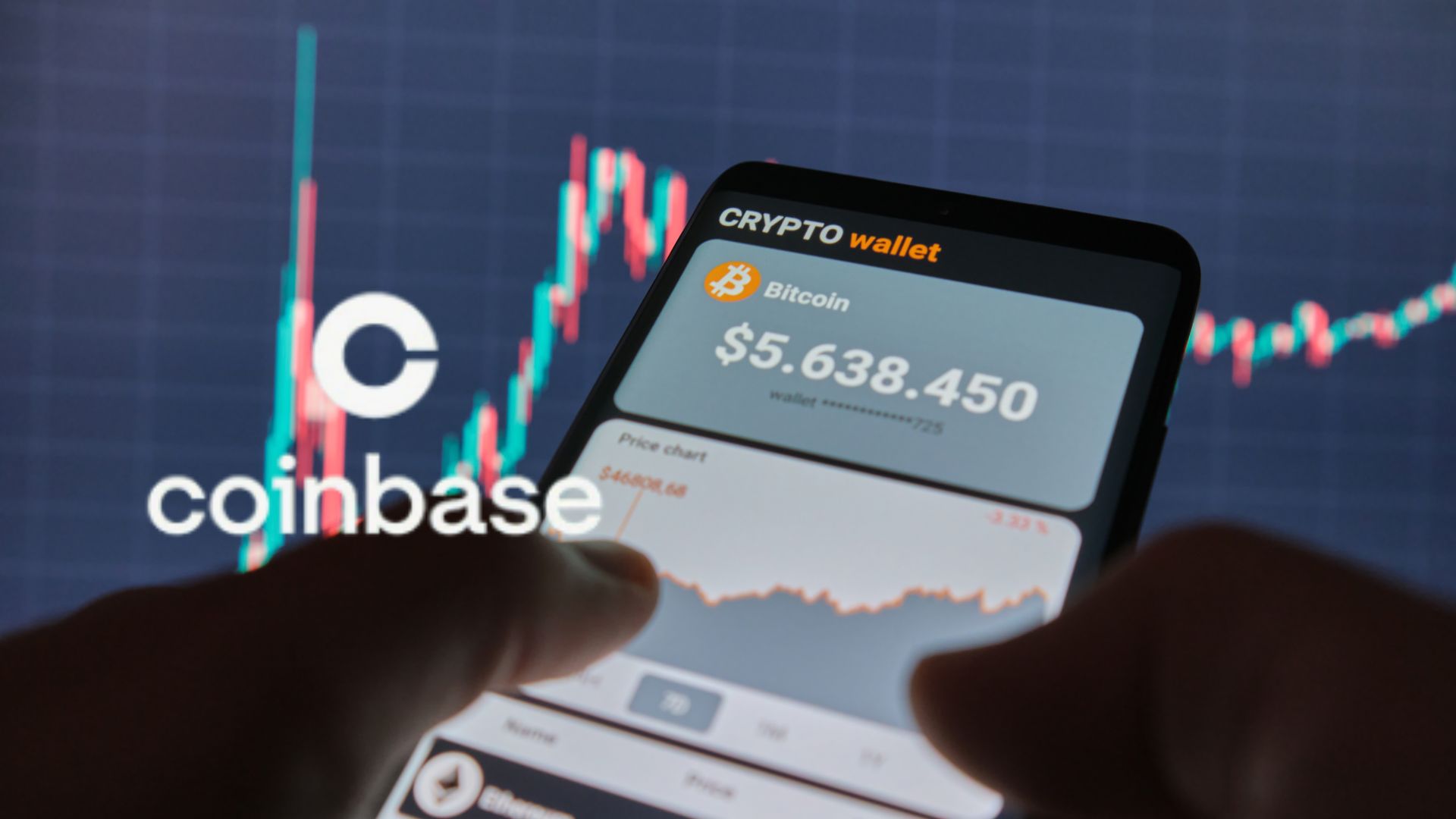The Mystery of Forex Rate Fluctuation
By Content-mgr - on January 20, 2016A forex rate fluctuates because of many factors. Short term demand and supply is the most prominent factor. But there are also more factors behind the scenes.
Determining How a Forex Rate is about to Move
Determining the move that a forex rate is about to make, is a hard thing to do, most of the time. Forex traders however can identify time zones. Such as trading time zones and chart patterns which help identify, in terms of probability only, the next move. Chart patterns and technical analysis works only about half the time, and most indicators actually fail, based on a 50-50 chance. Traders know this very well, and never expect an indicator or chart pattern to never fail. The problem is knowing when it fails and when it doesn’t. Most forex strategies are based on observations on forex charts and fundamental data. In such cases, the timing can still go wrong, and traders may predict a market movement way too early, or within timing limits that are too large. The end result is that such information is often of no trading use. And the more precise the entry and exit numbers, the more difficult it gets, because the timing is always off, by hours or even by many days. Market complexity does not allow anyone to have the upper hand, and there a natural limit to how good a trader is. That’s why timing will always be wrong, more or less. The concept of supply and demand sounds good, but without looking at momentum and longer term trends, supply and demand data become useless. As a currency pair may start to move as expected, and then reverse direction right after you placed that trade! As a result, most trading advice which is highly specific, tends to fail much more, and in more serious ways, than trading advice which is loosely defined.

Other Factors Impacting a Forex Rate
A forex rate can also be impacted by not so obvious factors, such as expectations on interest rate policy, and expectations in general. These are not even real pieces of data, but simply thoughts and expectations that X event will happen on day Y. And guess what, when day Y comes, the data might be completely different, or as expected. And regardless of this, the exchange rate can actually reverse on that day, even if the news reported, seems positive. And what is forex without these expectations, these often imaginary and groundless thoughts? Well, it is precisely these imaginary thoughts that make markets more interesting to trade. Since traders and investors always care about the future, not what is happening right now. This factor alone helps make markets more liquid and efficient, because all traders and investors have different expectations for the future. And when you are buying an asset, any asset, it is because someone else is selling it to you. It all boils down to difference of opinion, and that’s what makes buyer and seller exchange things. It is also true that markets are not actually always right, as many textbooks would have you believe. The economic report numbers are proof for this. Markets rally or decline prior to expected X event being reported on day Y. And often times when day Y comes and the X economic number proves the market had been totally wrong for several weeks. So how on earth is the market always right on that time frame? The market simply oscillates between imaginary expectation periods and reality check days.
 First Deposit Bonus
First Deposit BonusFirst Deposit Bonus | Phone Verification | First Trade on us | Account Verification














